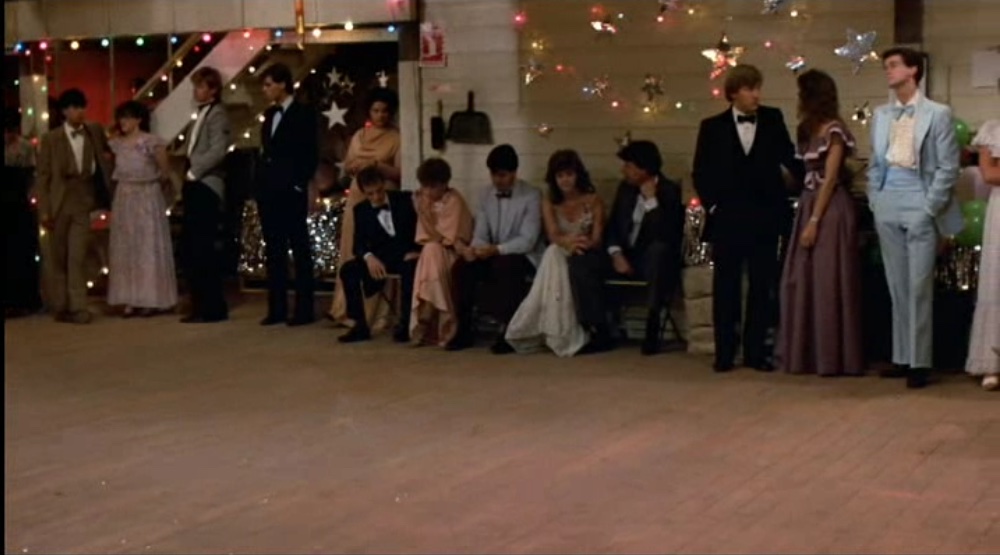A little bit of Mediterranean flair for your orchard - pomegranates in Hungary?
People who love pomegranates often ask if there are any early ripening pomegranate varieties which can grow in temperate climate. There are some varieties you can grow that ripen sooner than other varieties. These early ripening varieties are a welcomed sight after waiting so long for a fresh pomegranate and ripening without that much sun hours in summer. Let's take a look at some of these early varieties.
The super early varieties - There are a couple of varieties that I would classify as super early. Usually the standard for a pomegranate to ripen is measured by the variety called Wonderful. Wonderful will barely ripe in most parts of Hungary, except the very rare locations with USDA8a climate.
Some super early varieties you will find within the Turkmenistan collection:
• Sverkhranniy (DPUN 013), the earliest ripening variety according to literature
• Medovyi Vahsha (DPUN 109)
• Nikitsi Ranni (DPUN 067), also known as Crimson Sky
• Sumbar (DPUN 147)
Due to research and collection, some other super early varieties showed up during the last years:
• Kandahar Early
• Azadi (DPUN 135)
• August Goradon, maybe even earlier than Sverkhranniy.
• Belbek, the latest ripeing variety of the listed super early varieties
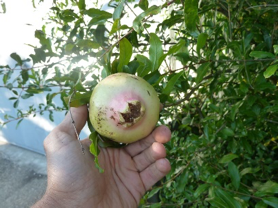
Sverkhranniy, nearby Vienna, Austria
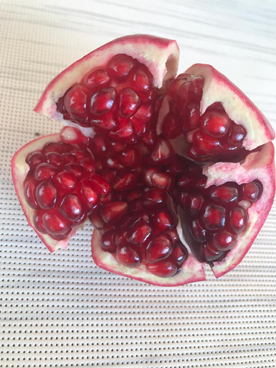
Belbek, nearby Stuttgart, Germany
All of these varieties can produce as early as August or September depending on your local climate. In Hungary this early varieties should ripe between end of August and end of September.
Unfortunately success in moderate climate is not only driven by early ripening of fruits.
Let’s have a look at the cold hardiness of this super early varieties which is also very important to consider in a temperate climate: The above mentioned varieties are more or less cold hardy but need to be tested in your local climate.
Belbek:
Is most cold hardy, but the latest of the super early varieties and with very hard seeds. This variety will survive down to minus 18 degree Celsius without freezback and down to minus 20 degree Celsius with light damage. Below minus 20 degree Celsius severe damage happens but the plant will not die.
Sumbar:
Is hardy to Minus 14 degree Celsius and famous for the taste and the fact that the seeds are soft. Below minus 14 degree Celsius the plant will die with high likelihood.
As general rule, all of the 8 named varieties above are hard seeded except Sumbar.
Sverkhranniy and Medovyi Vasha:
Unfortunately only hardy down to minus 12-14 degree Celsius. However, they are growing next to Vienna for years without frost damage.
All the other listed varieties:
Not tested yet for their cold hardiness. I planted out this varieties in Germany but the last two winters were extraordinary mild. The next cold winter will tell us about their cold hardiness.
Conclusion:
In a temperate climate it is always a trade-off between cold hardiness and early ripening.
What is a variety good for which is super early and not cold hardy? And what is a variety good for which is very cold hardy but will never ever ripe.
You need to compromise!
Early varieties grown in various countries:
In addition to my experiments with super early and frost hardy varieties let’s have a look at some varieties which are commercially grown all over the world and earlier as Wonderful. Maybe someone is interested to try them in Hungary as well. Please be aware that they aren’t yet tested for their cold hardiness.
United States of America:
Commercial varieties grown in America - The varieties Granada, Foothill Early, and Angel Red are typically used in commercial production as varieties that ripen sooner than the variety Wonderful. Granada is also known as Early Wonderful. Angel Red is also known as the Smith variety in Europe. Most of these varieties ripen 3-4 weeks ahead of the variety Wonderful. Some growers use these early varieties to be some of the first pomegranates to make it to the market.
Spain:
Spain's early varieties - First, let's take a look at the number one variety grown in Spain. The “Mollar de Elche” pomegranate variety is undoubtedly the most cultivated in Spain, and is the variety for which Spain is known internationally. Mollar de Elche fruits have an intense sweetness and very soft seeds. Now Spain also has an early variety that is grown before the variety Mollar de Elche. They grow the variety Valenciana as an early ripening variety. The first variety to hit the Spanish markets will be the Valenciana variety, which is normally pale in colour and pink internally. This traditional Spanish variety does not have the looks of the shiny red pomegranates that we are used to seeing from countries such as Turkey, Egypt or Israel, but it certainly has the taste! Purple Queen is newly developed Spanish variety that is an extra-early variety which reaches its optimal stage of ripeness between mid-August and September.
Israel:
Israeli Early Varieties - Israel has developed some very early varieties that are becoming quite popular in recent years. The Emek, Acco and Shani varieties from July until the end of August; the 116/17 variety is picked at the end of August and in early September. These all are great early varieties.
India:
India Early ripening variety - There are a lot of pomegranate varieties grown in India. Mridula is an early ripening variety that is grown in India. Mridula is a hybrid of Ganesh and a red Russian variety, pink red skin with soft seeds, sweet taste, early mature in 150 days.
There are other varieties throughout the world that are early as well. If you are familiar with them, I would love to hear about these amazing varieties and where they are grown.
How knows, maybe Hungary hides some gems somewhere in a small village or in a vineyard.
If you are interested in purchasing pomegranate shrubs don’t hesitate and get in contact with www.dmkert.hu. This nursery has some nice varieties available for sale. Furthermore, if you have questions concerning pomegranates or if you want to establish a pomegranate orchard feel free to contact me.
Contact:
Michael Rudolph
Email: michael_rudolph@hotmail.com
Mobil or whatsapp: +49 176 56881421
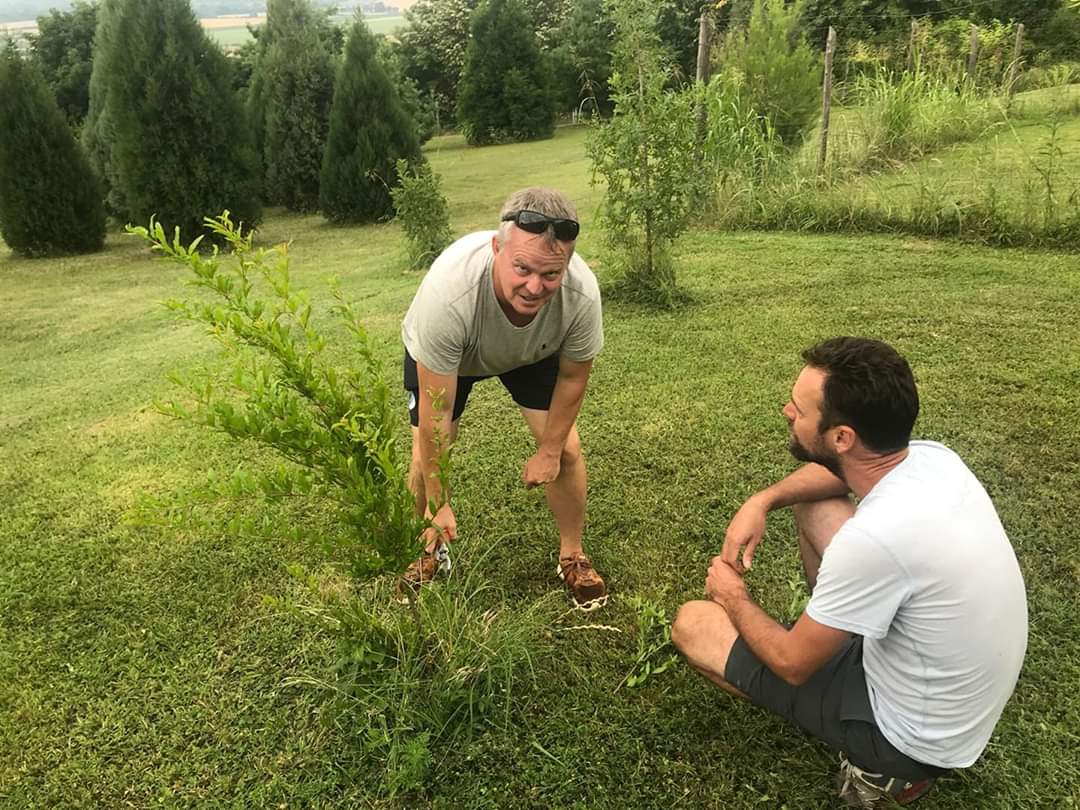 Me trimming pomegranate shrubs nearby Máriagyűd, Hungary.
Me trimming pomegranate shrubs nearby Máriagyűd, Hungary.
 Dió termős virága
Dió termős virága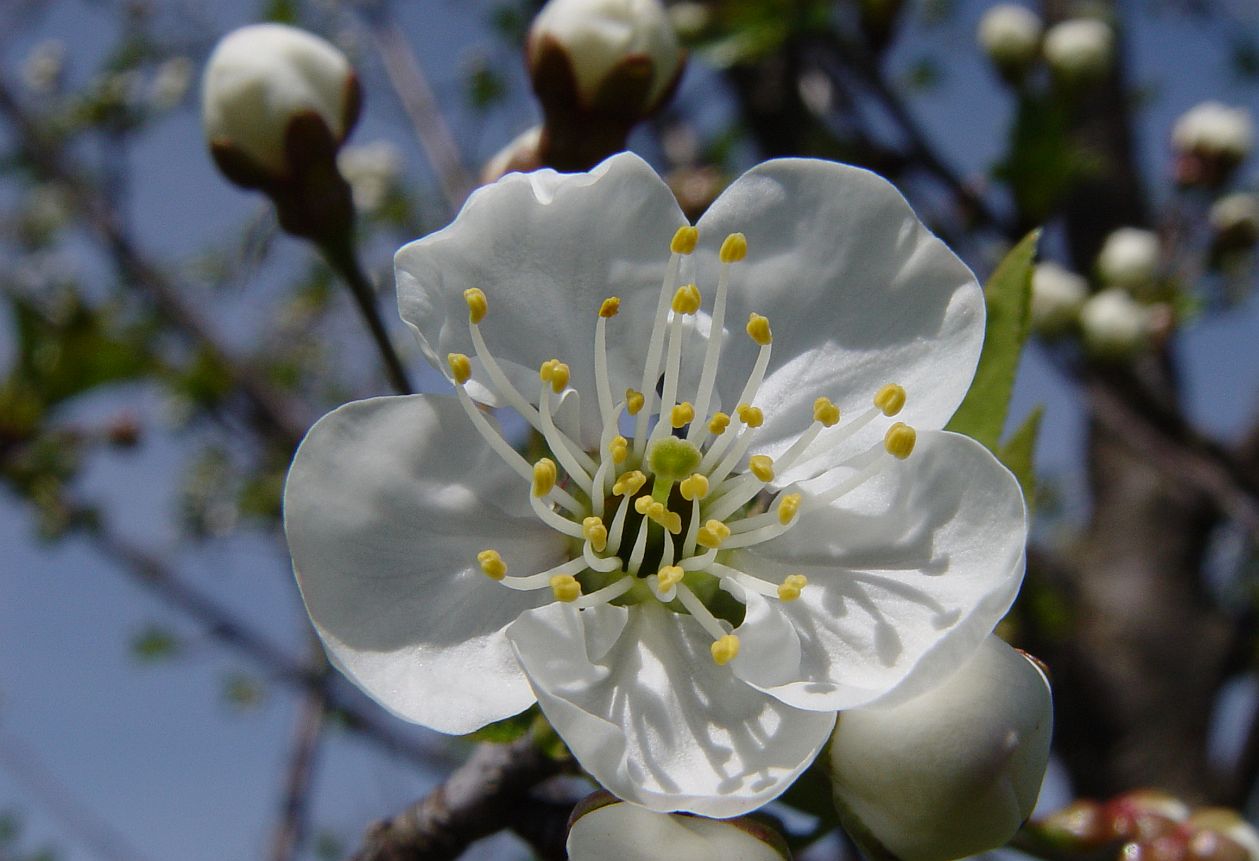 Cigánymeggyvirág
Cigánymeggyvirág Réti margitvirág
Réti margitvirág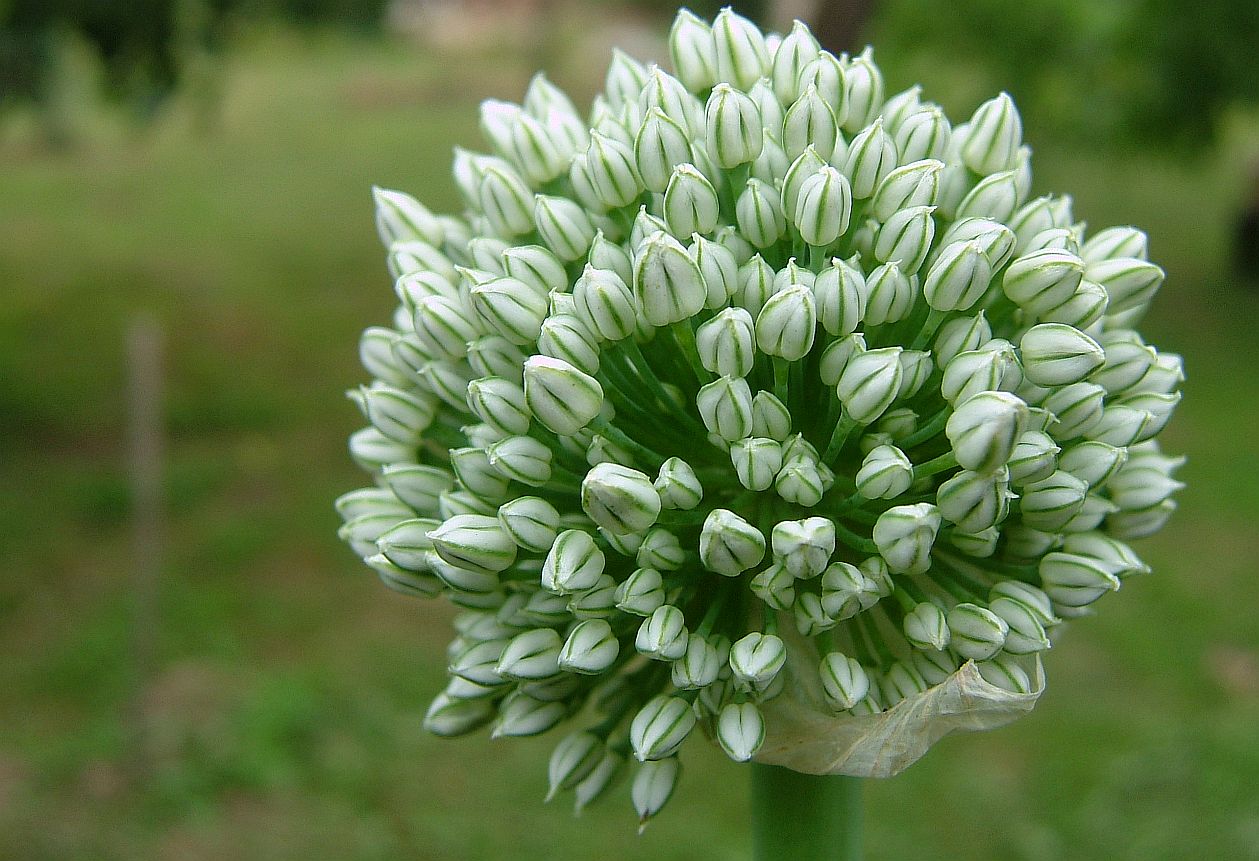 Hagymavirág
Hagymavirág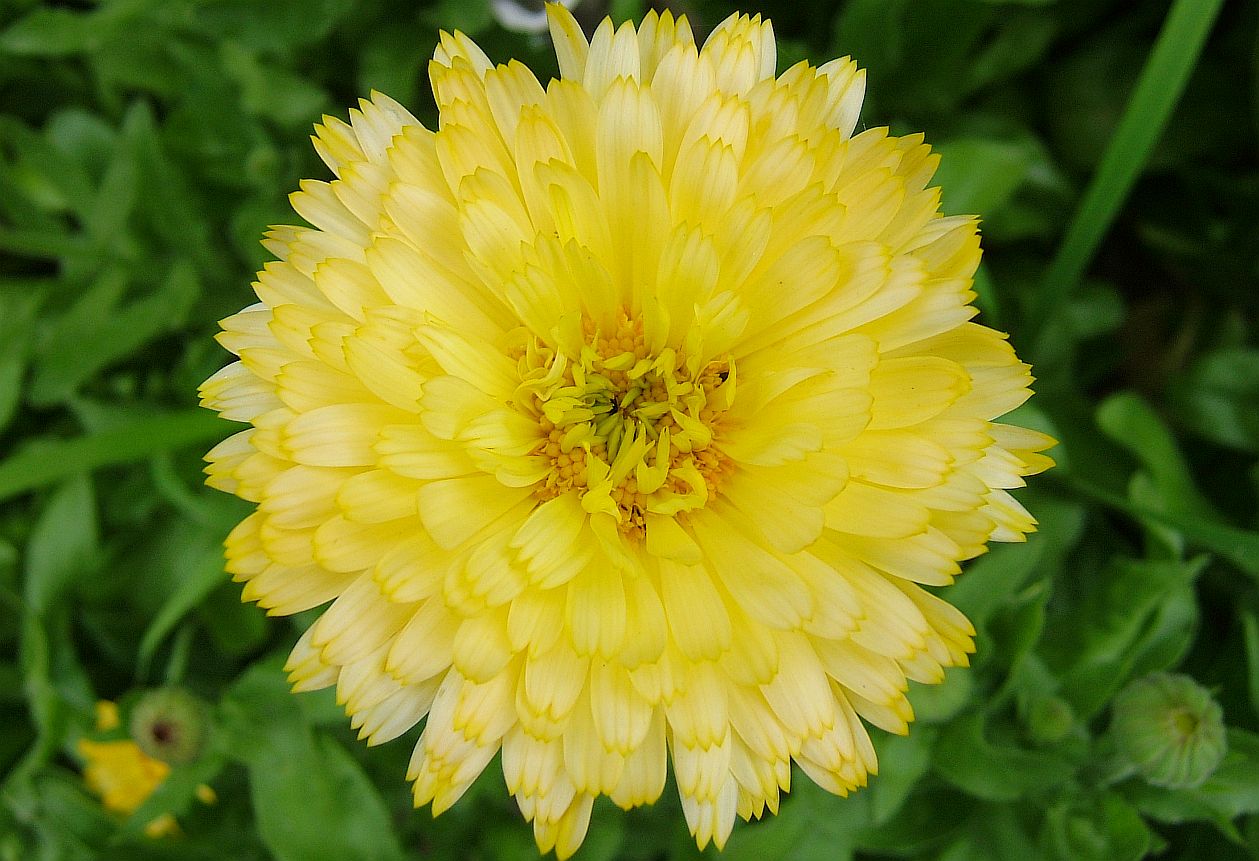 Körömvirág
Körömvirág Katángkóró
Katángkóró Közönséges bakszakáll virága
Közönséges bakszakáll virága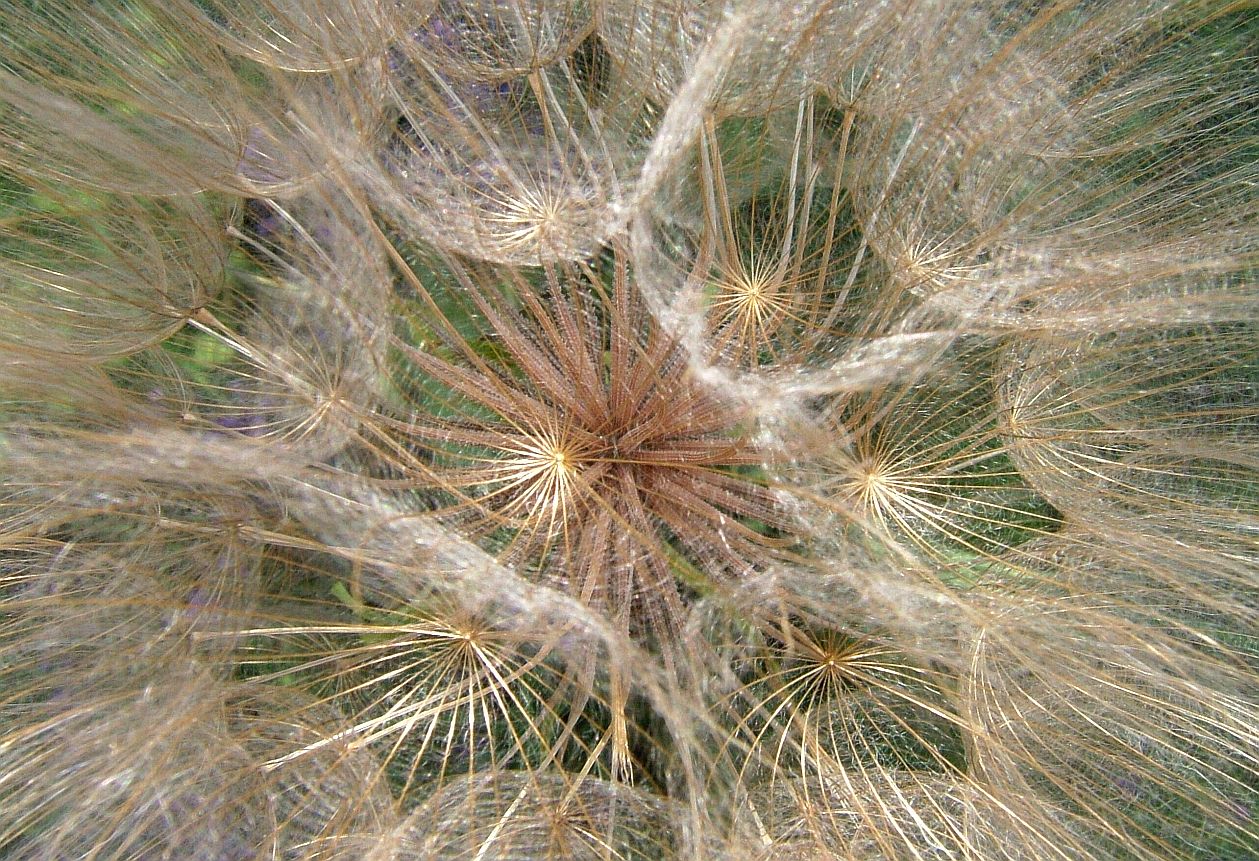 Közönséges bakszakáll termése
Közönséges bakszakáll termése Pongyolapitypang
Pongyolapitypang Írisz
Írisz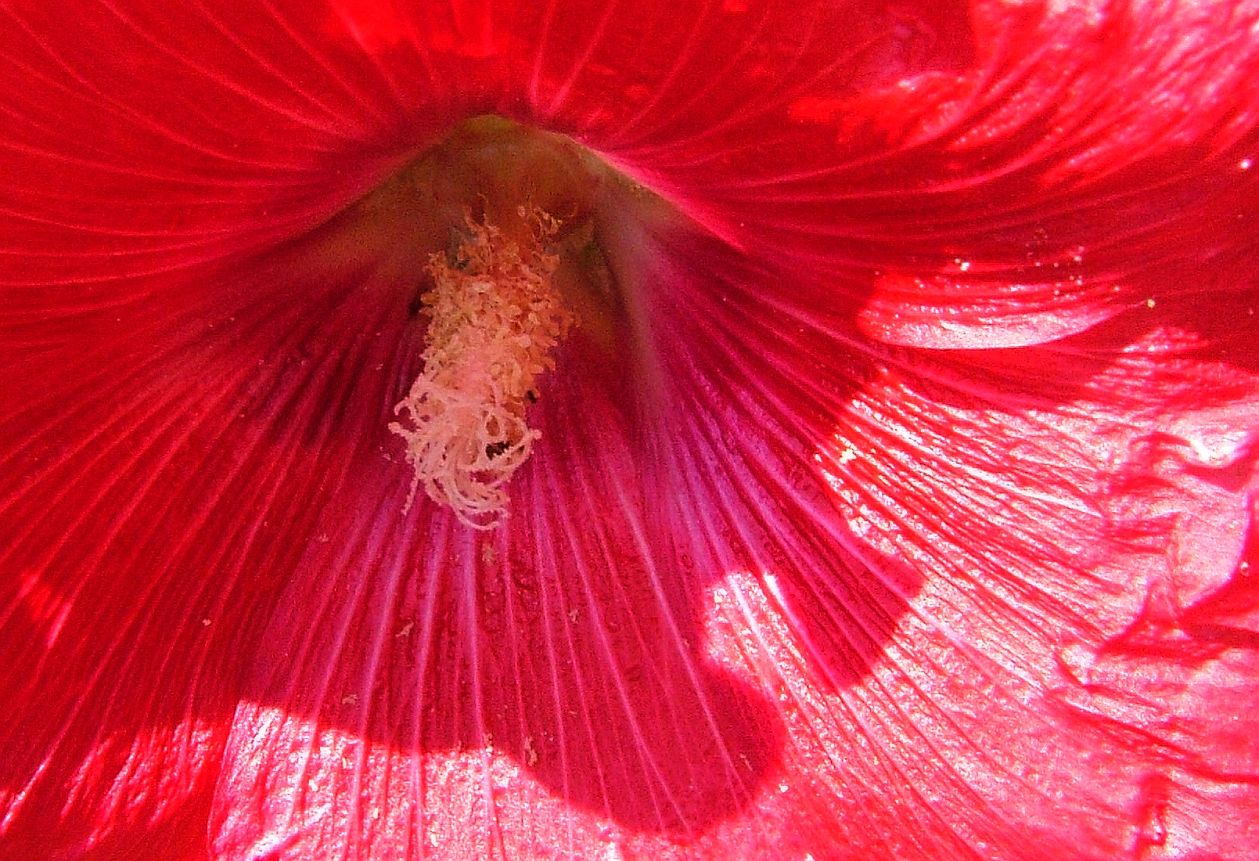 Hibiszkusz
Hibiszkusz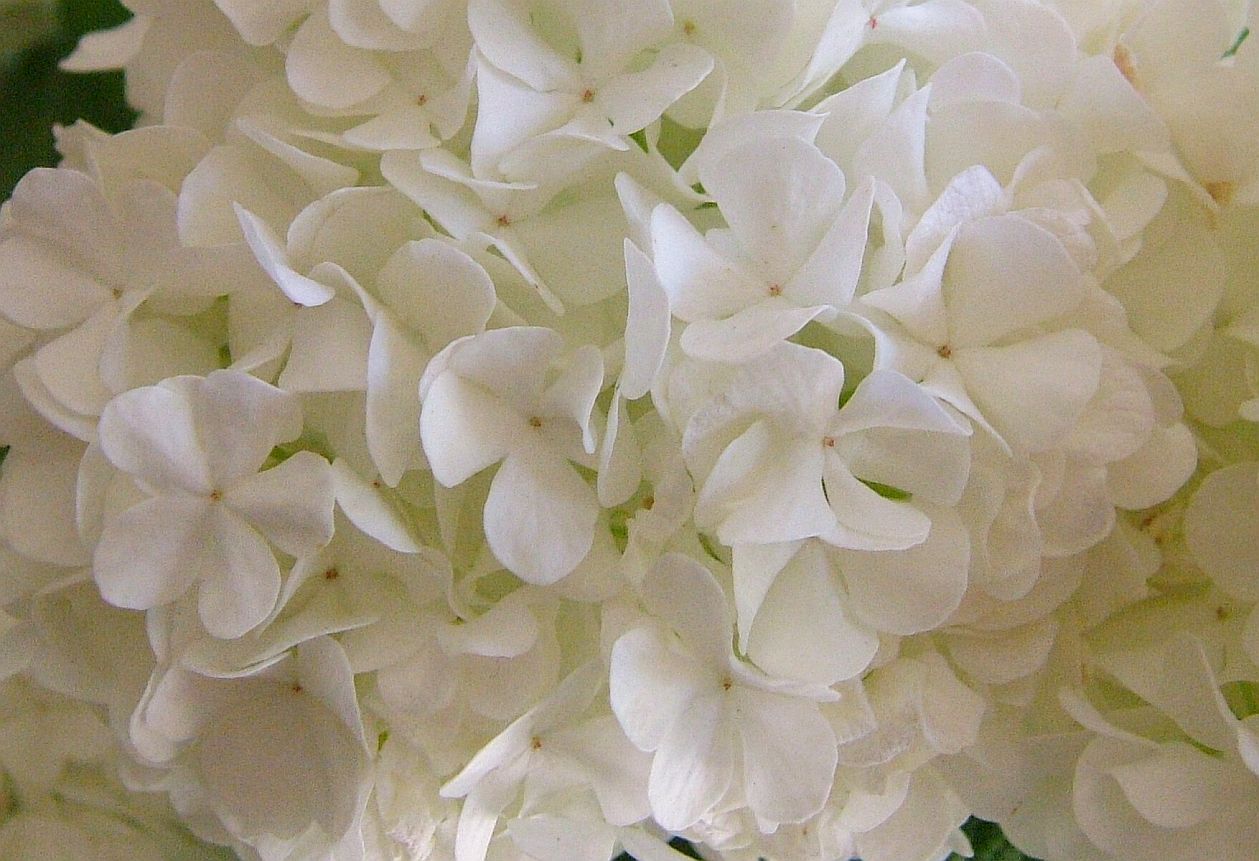 Labdarózsa
Labdarózsa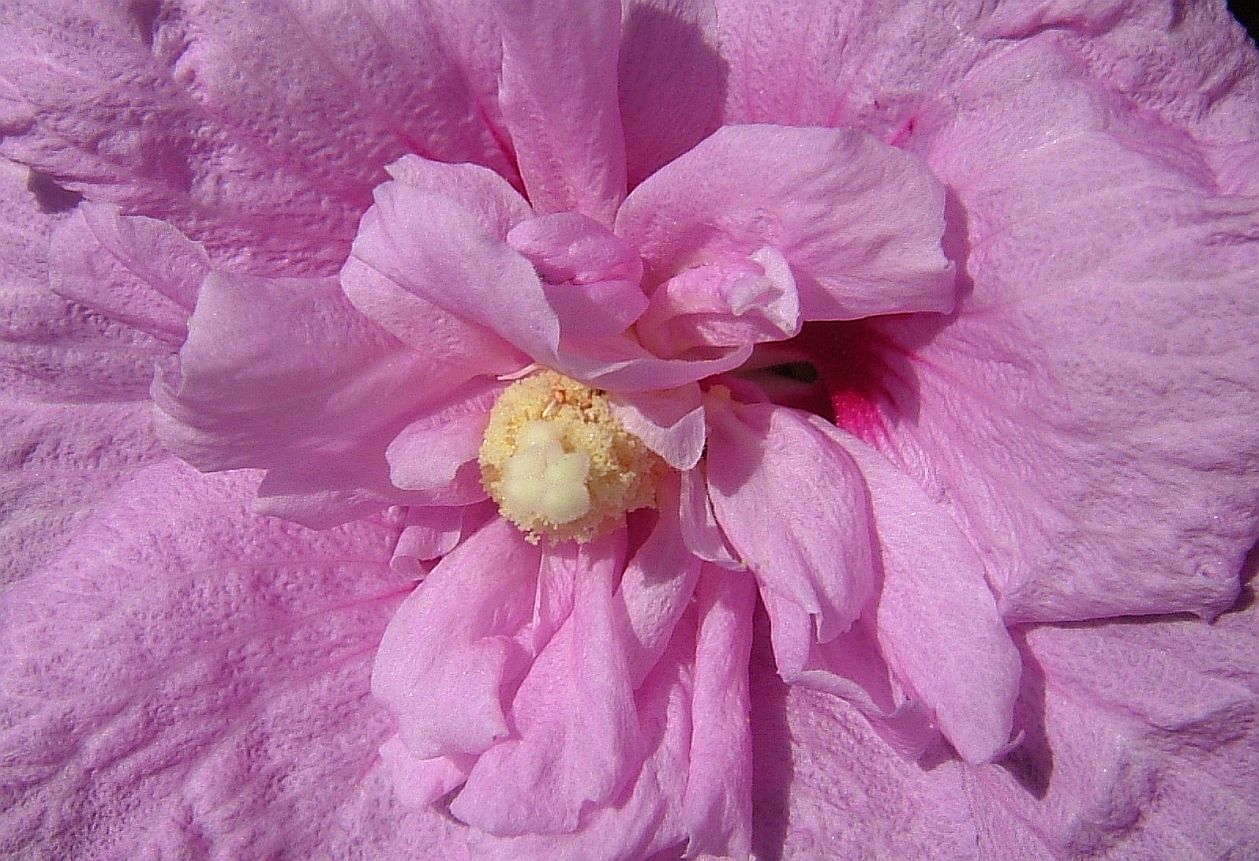 Mályvacserje
Mályvacserje Nagyezerjófű
Nagyezerjófű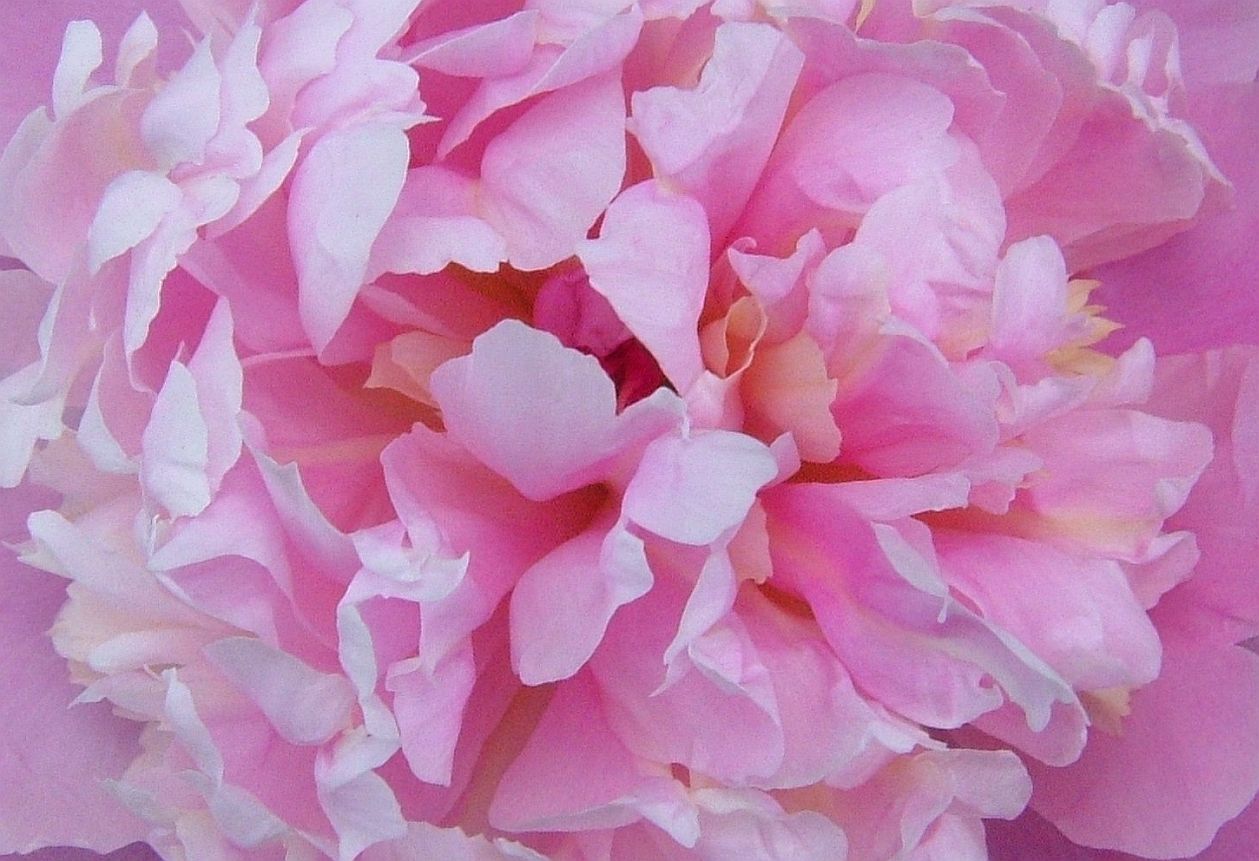 Peónia
Peónia Pipacs
Pipacs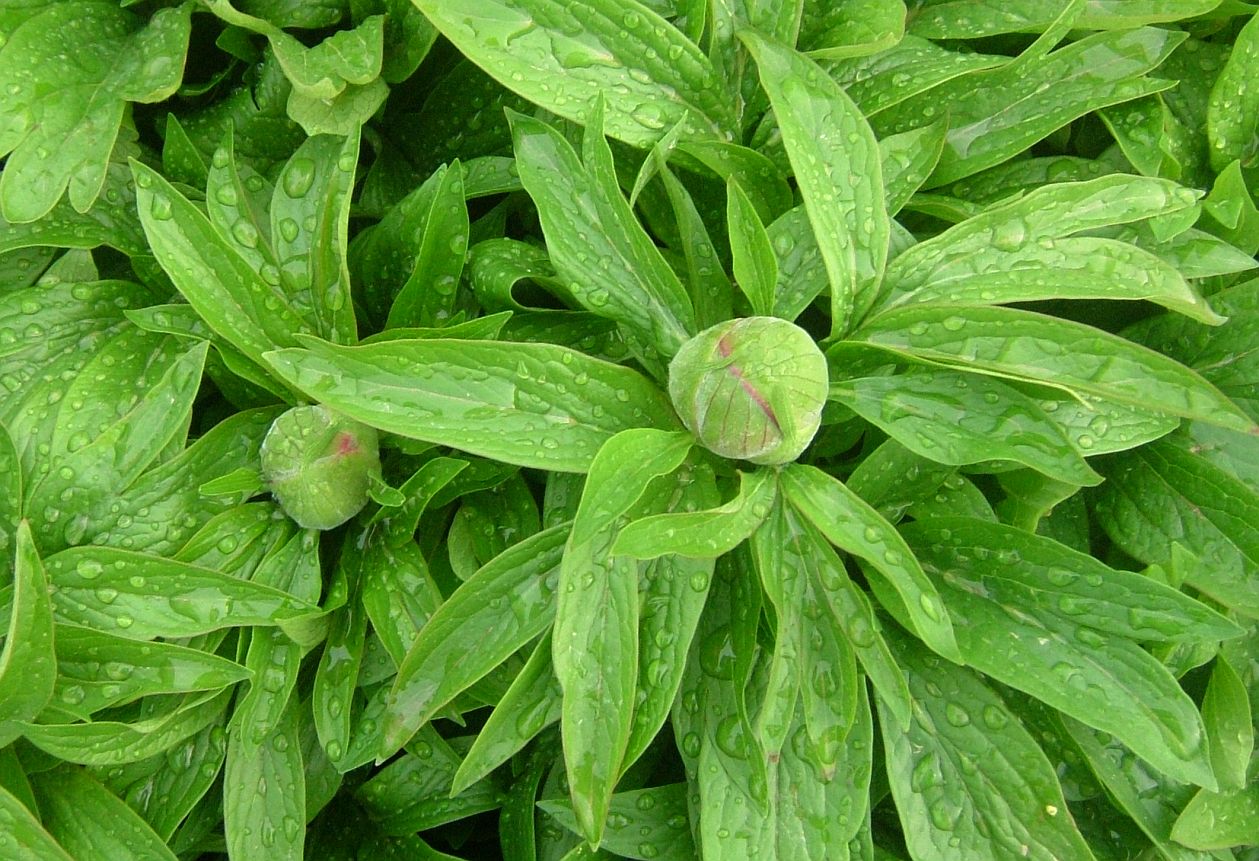 Pünkösdirózsa
Pünkösdirózsa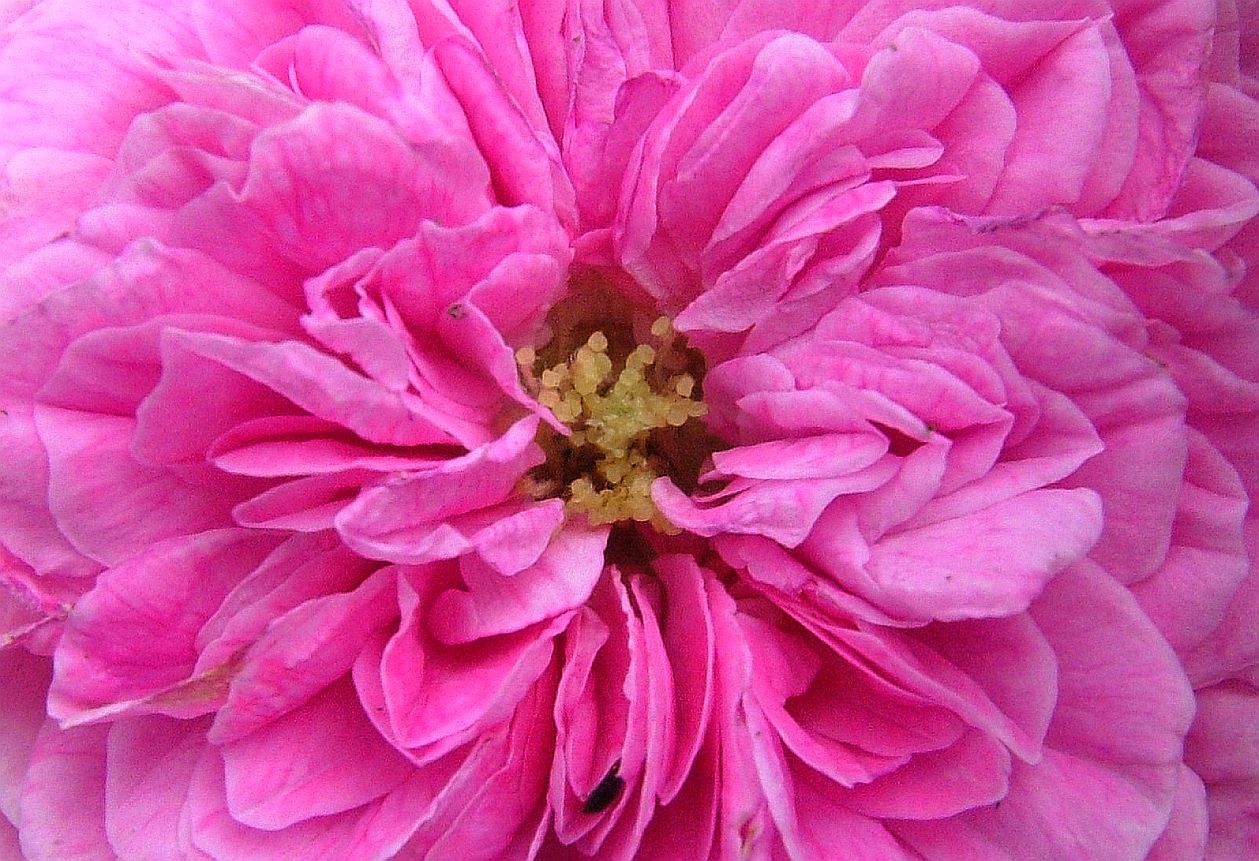 Százlevelű rózsa
Százlevelű rózsa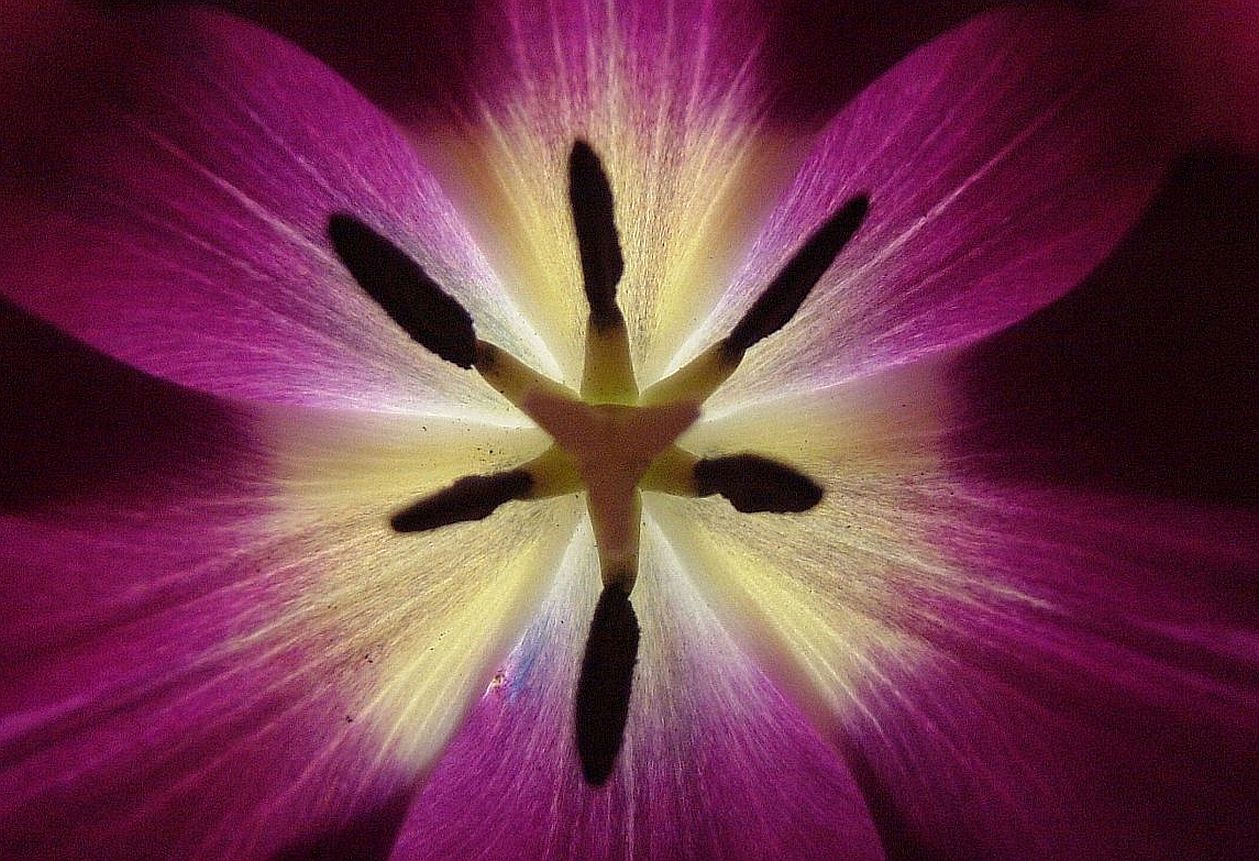 Tulipán
Tulipán Fehér pünkösdirózsa
Fehér pünkösdirózsa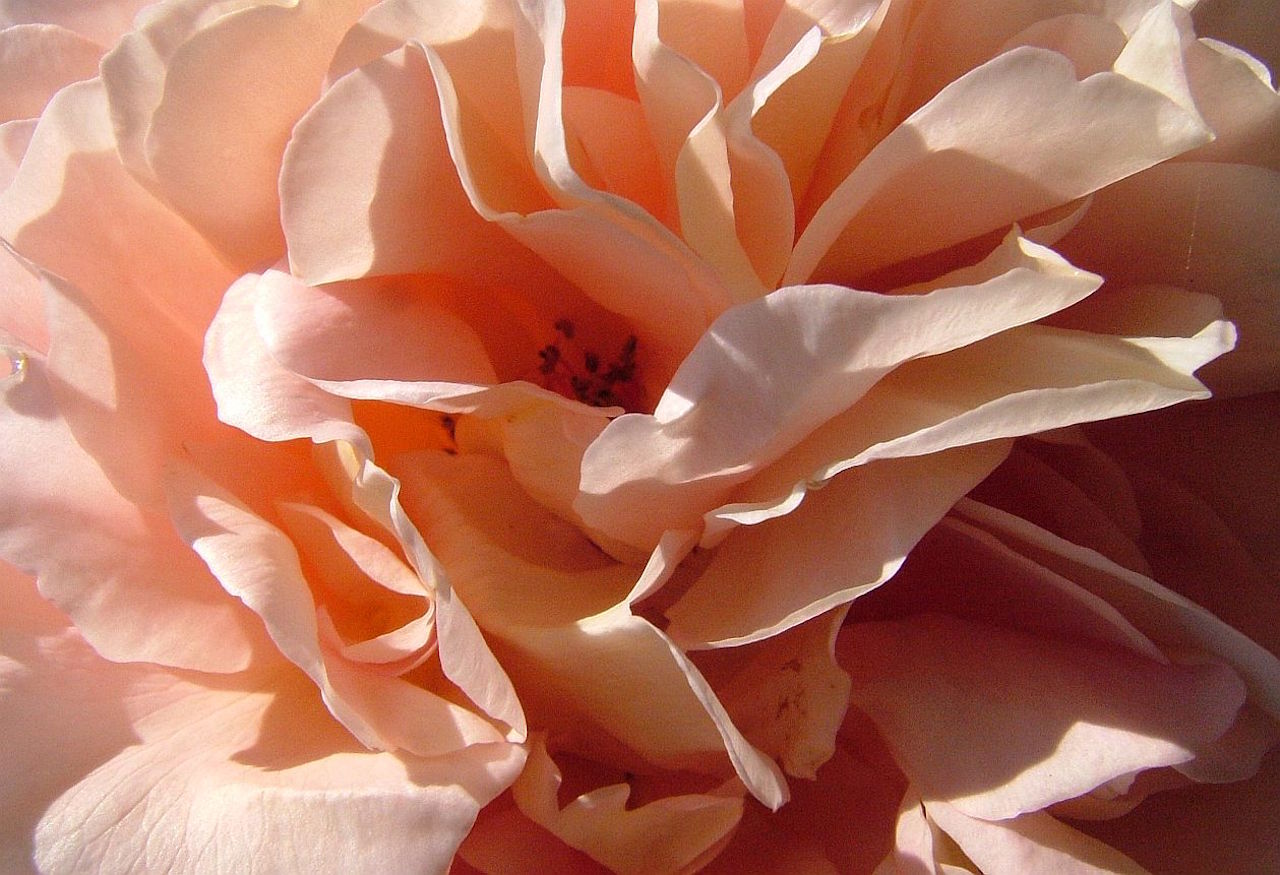
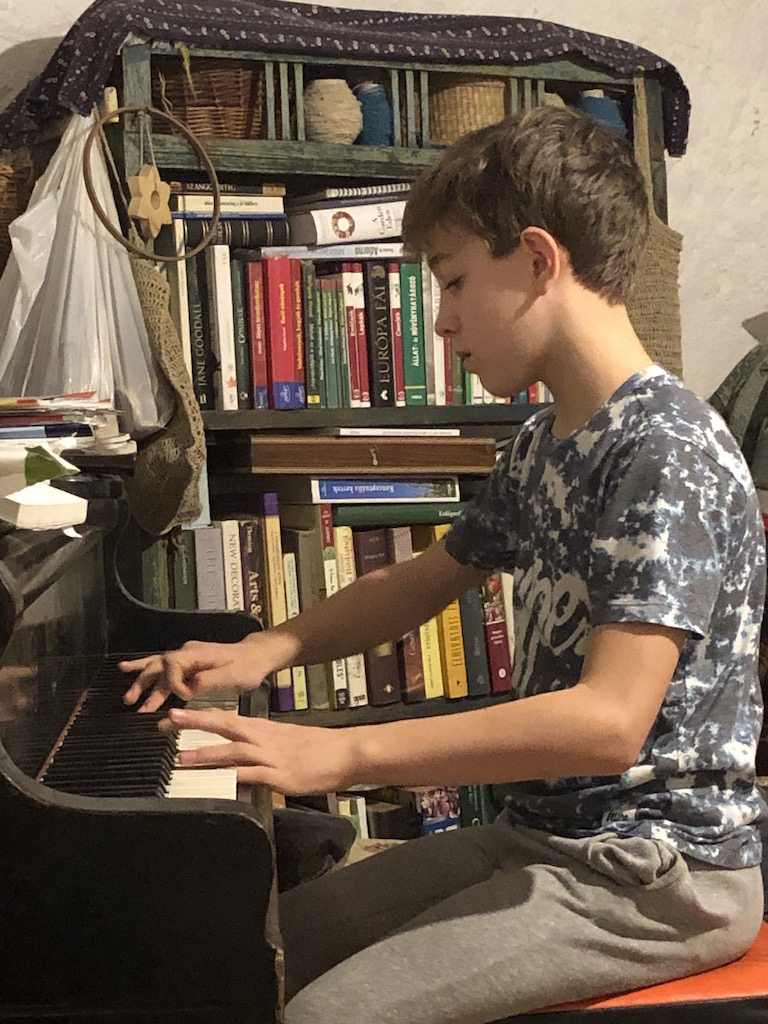
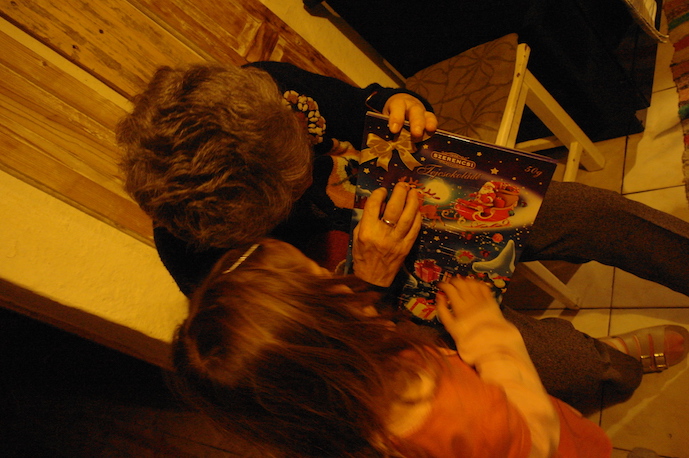
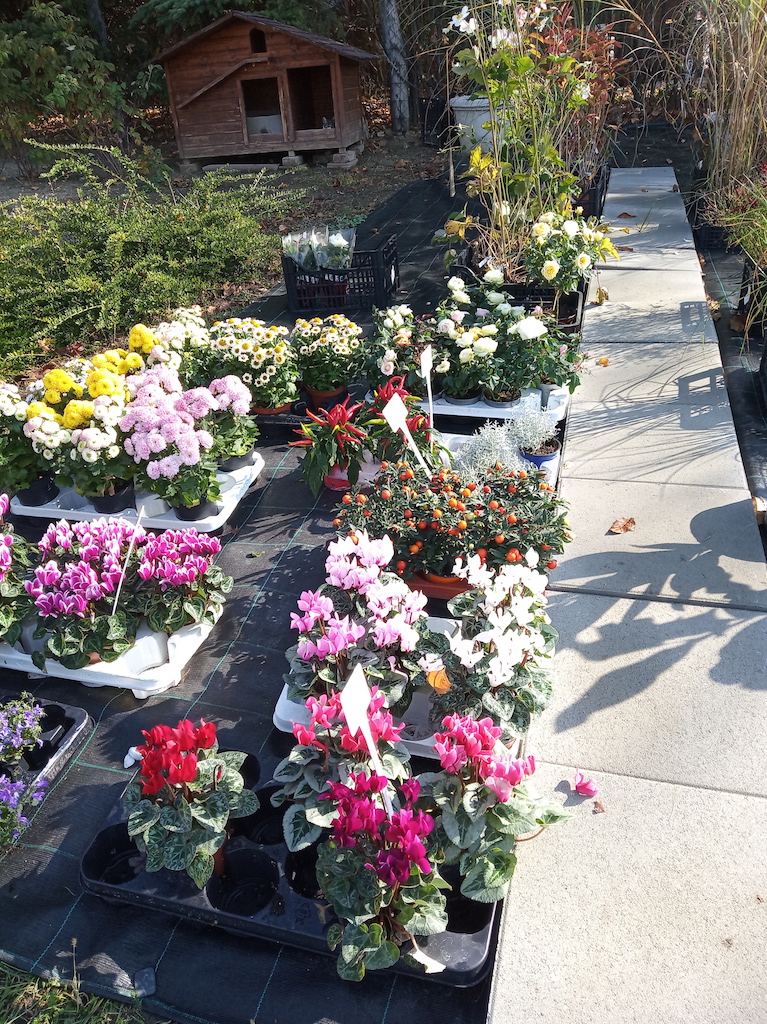 Csemetekert placc
Csemetekert placc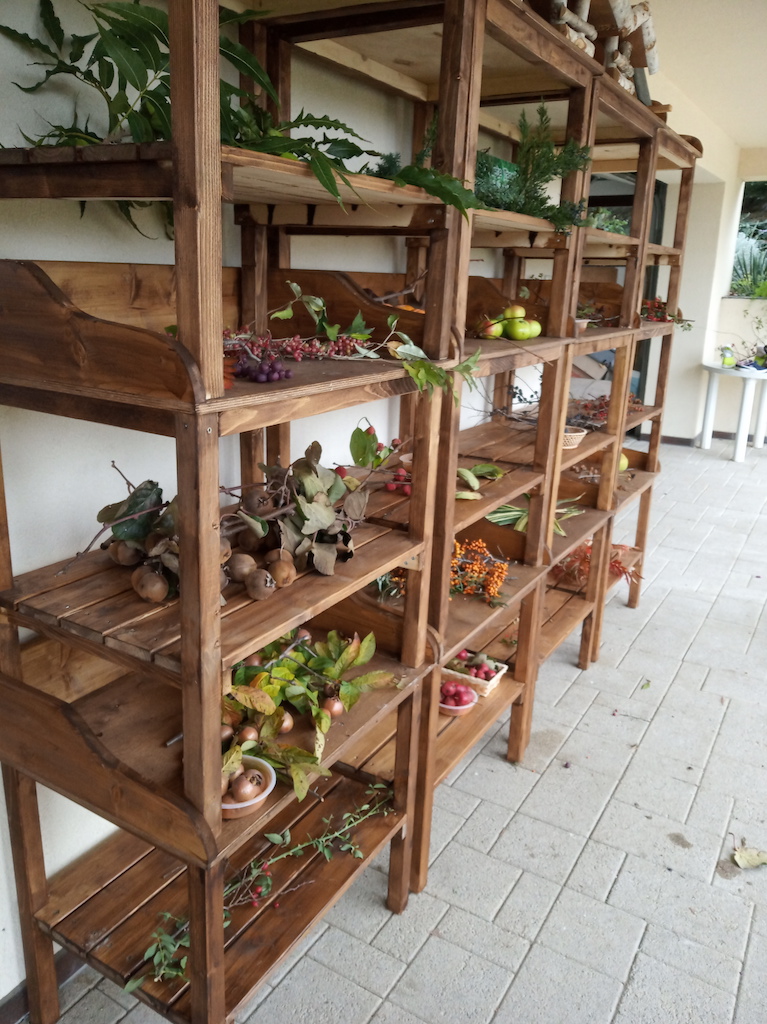
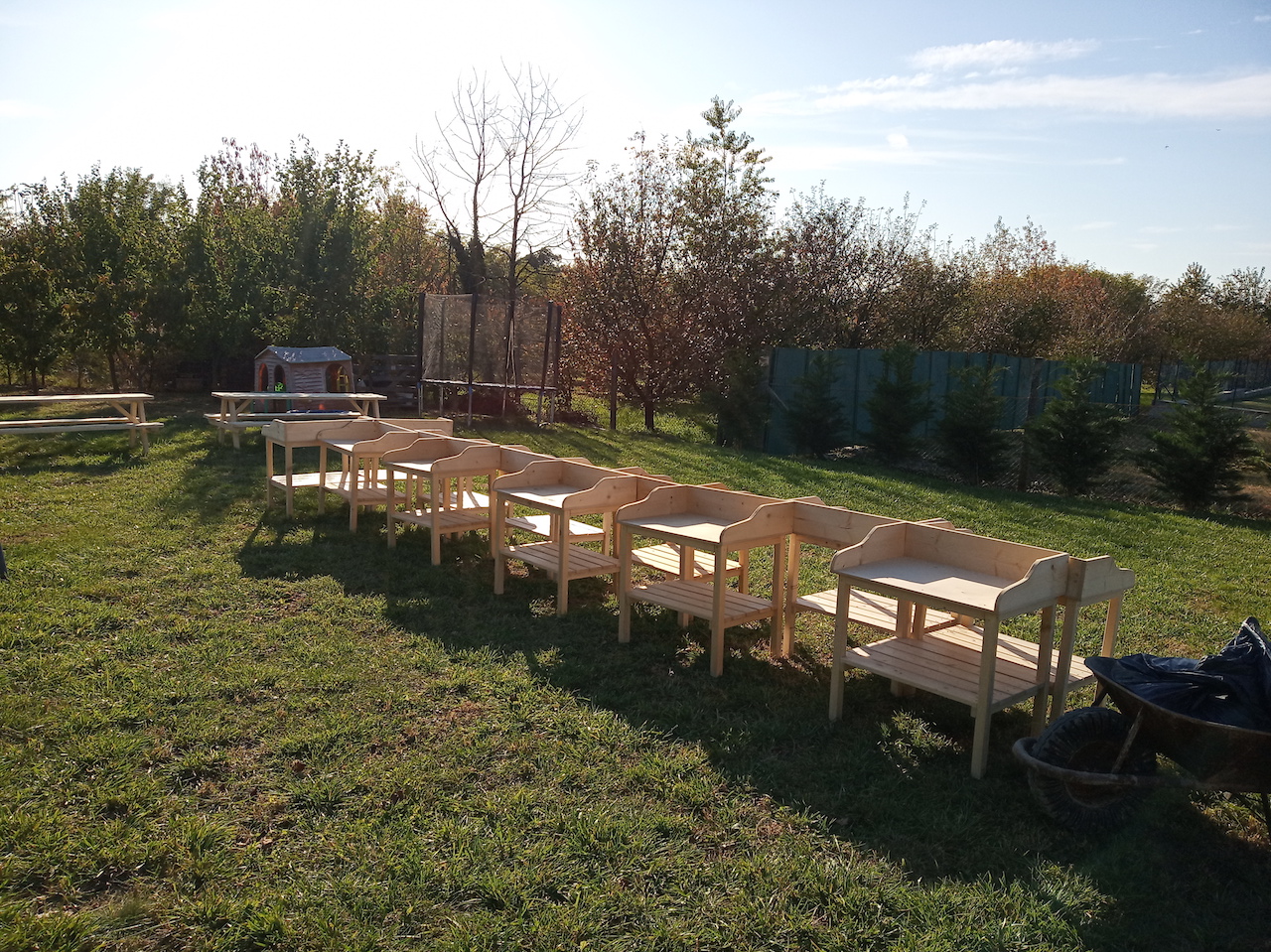 Várakozó munkaasztalok
Várakozó munkaasztalok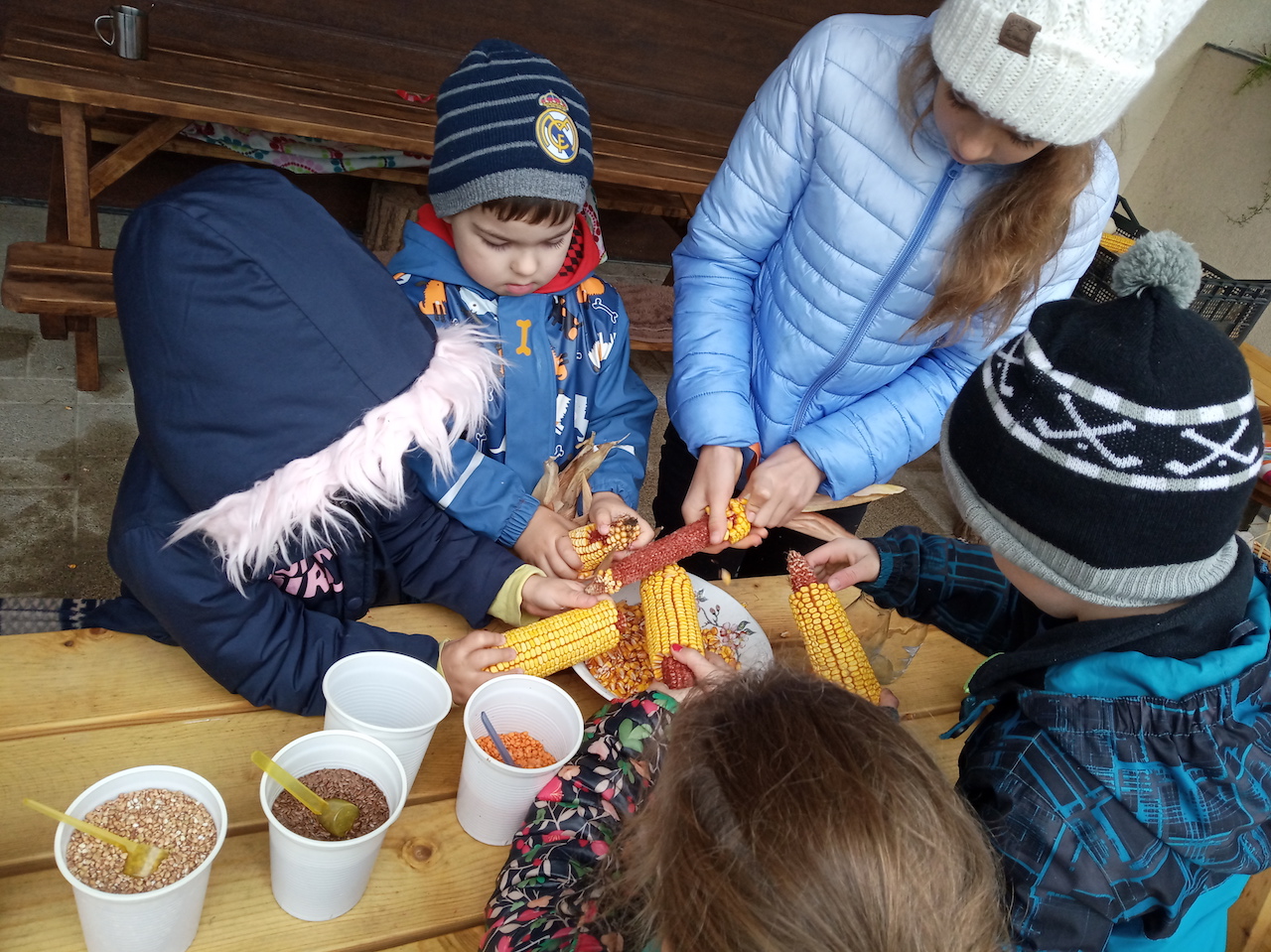

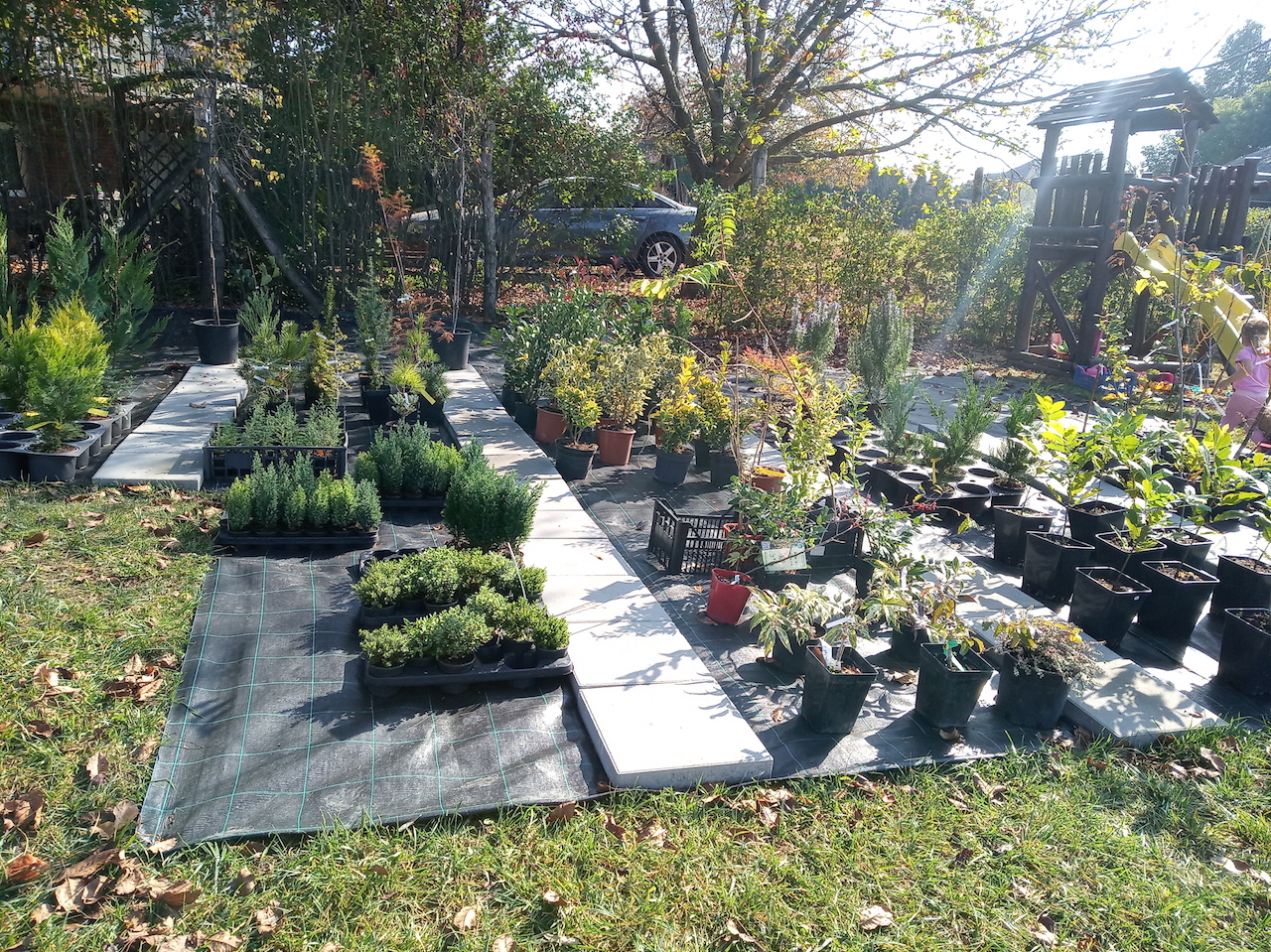 Csemetekert placc
Csemetekert placc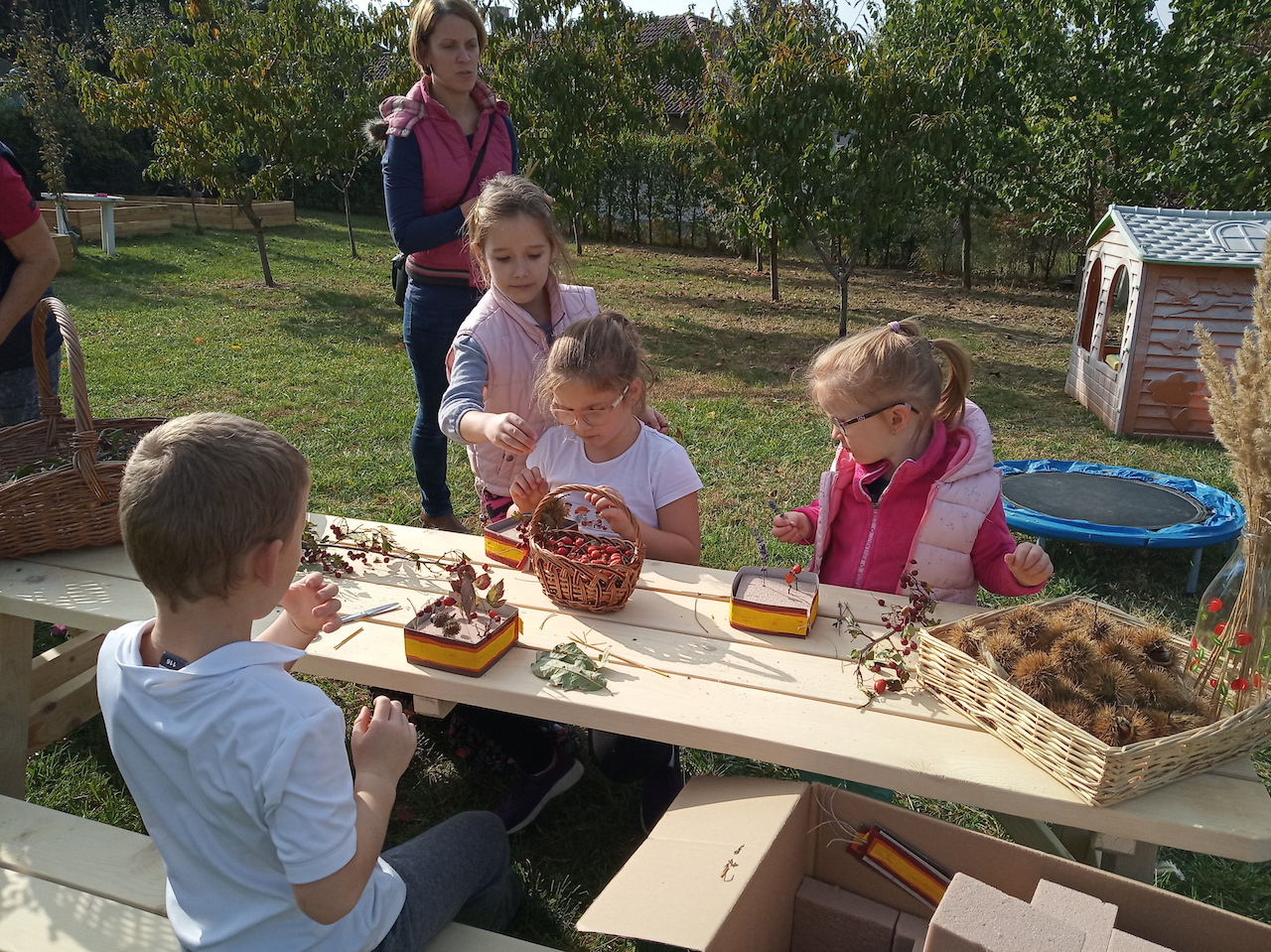 Őszi asztaldísz készítése
Őszi asztaldísz készítése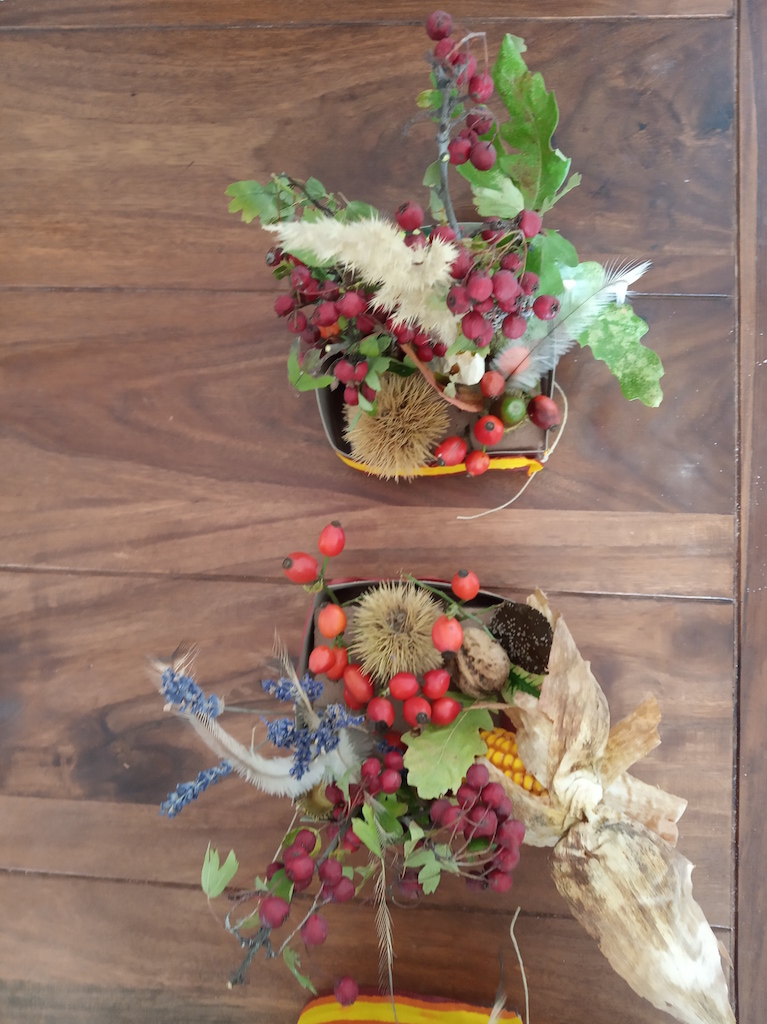 Elkészült őszi asztaldísz
Elkészült őszi asztaldísz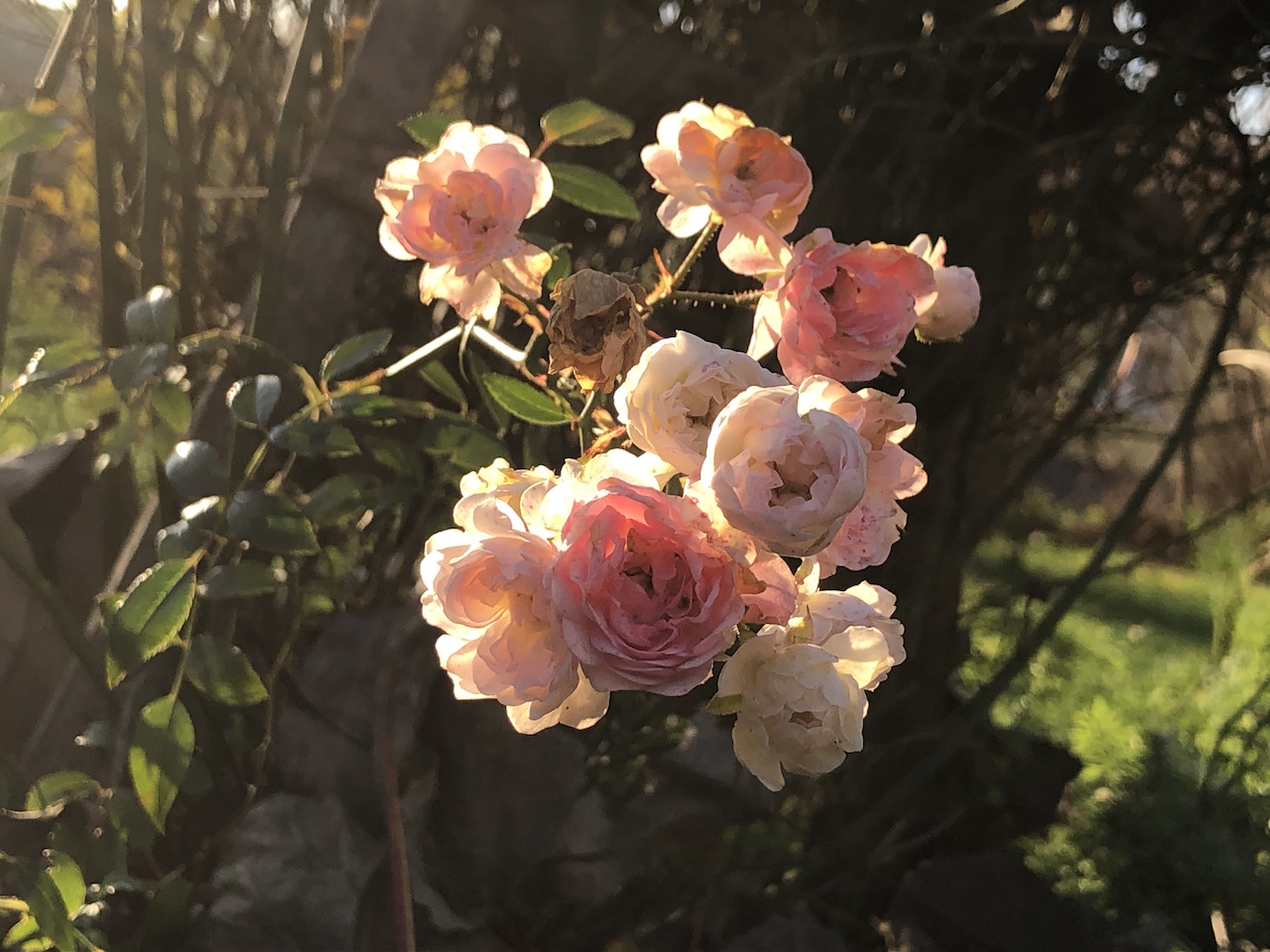
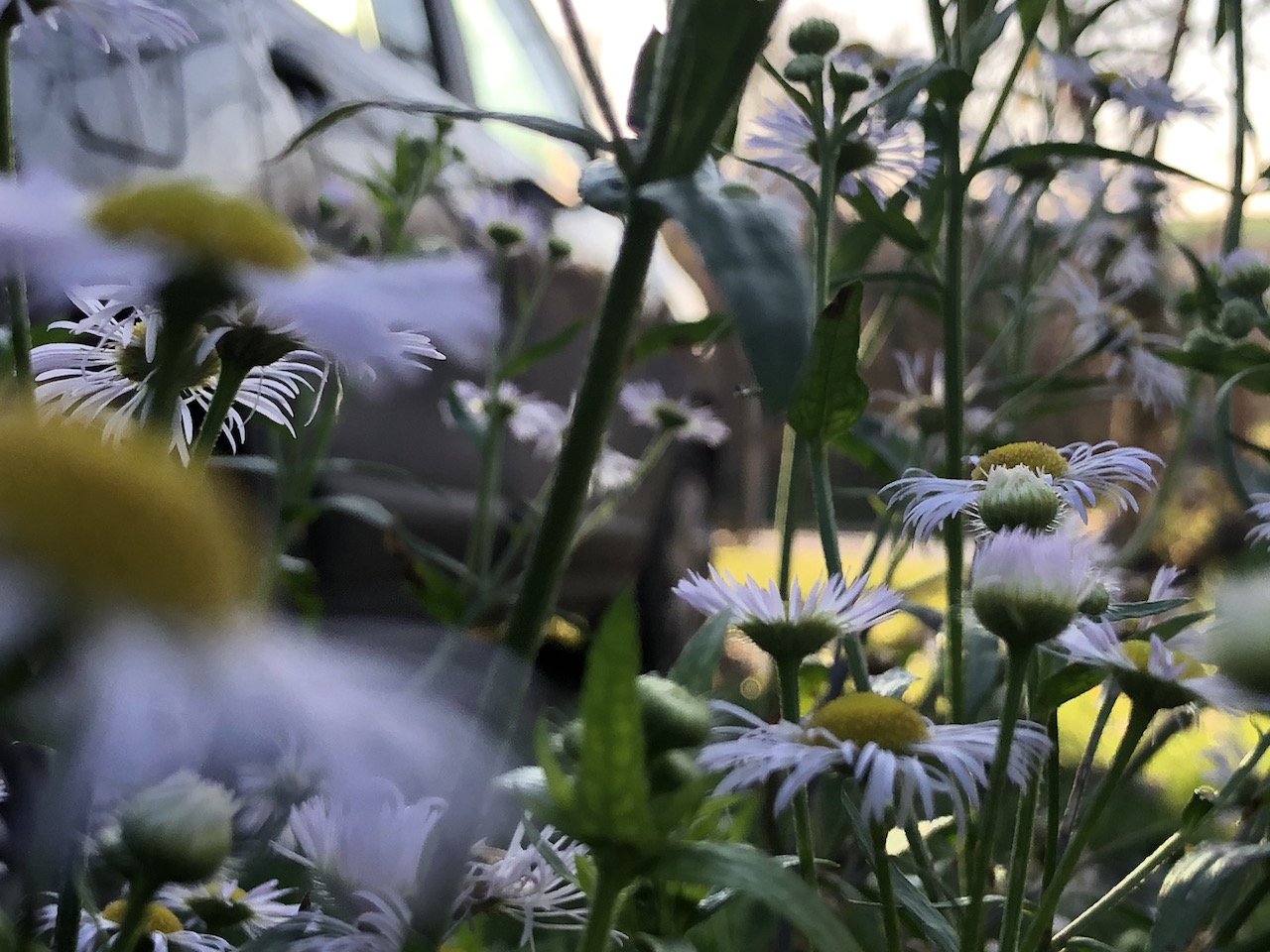
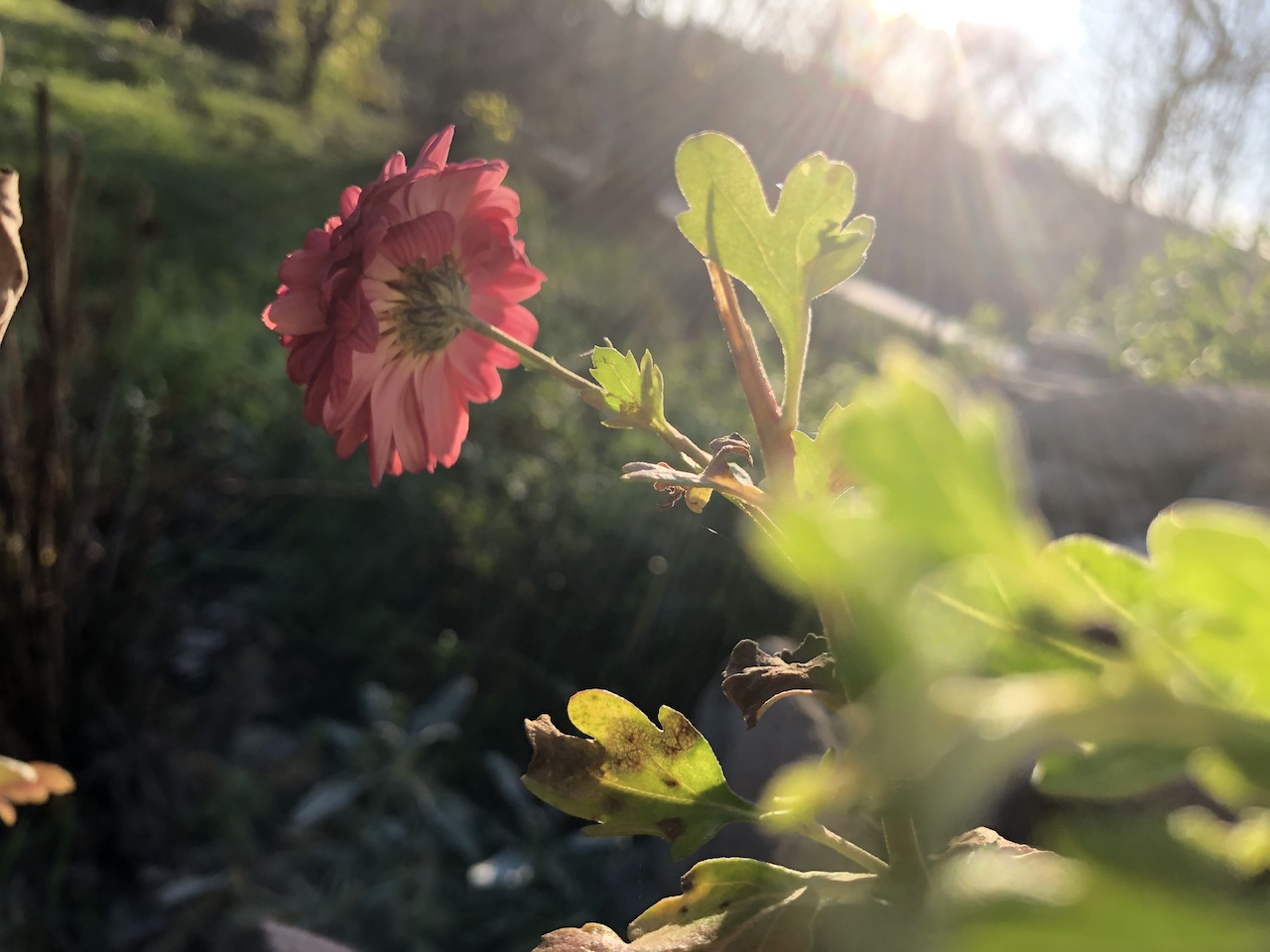
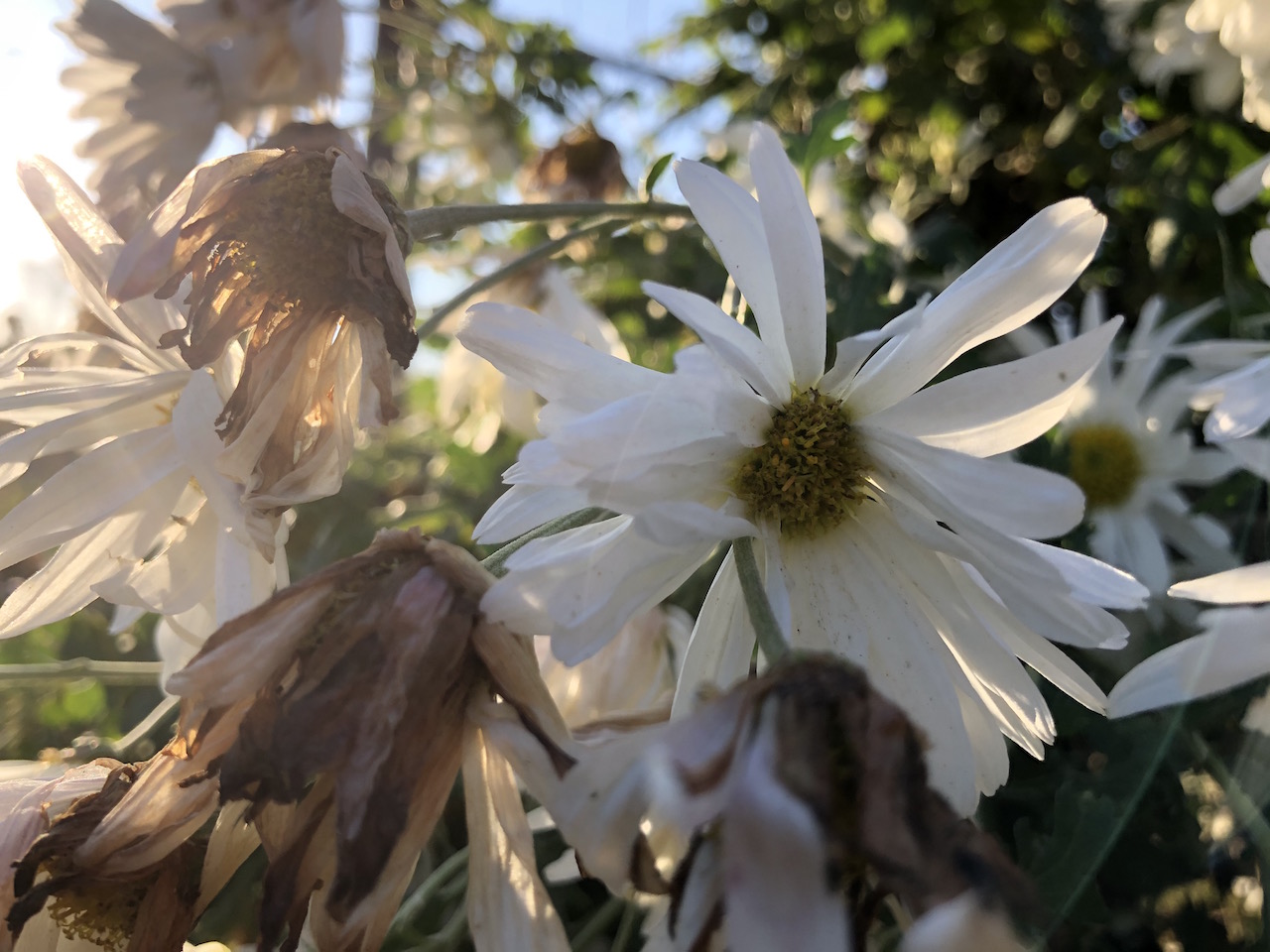
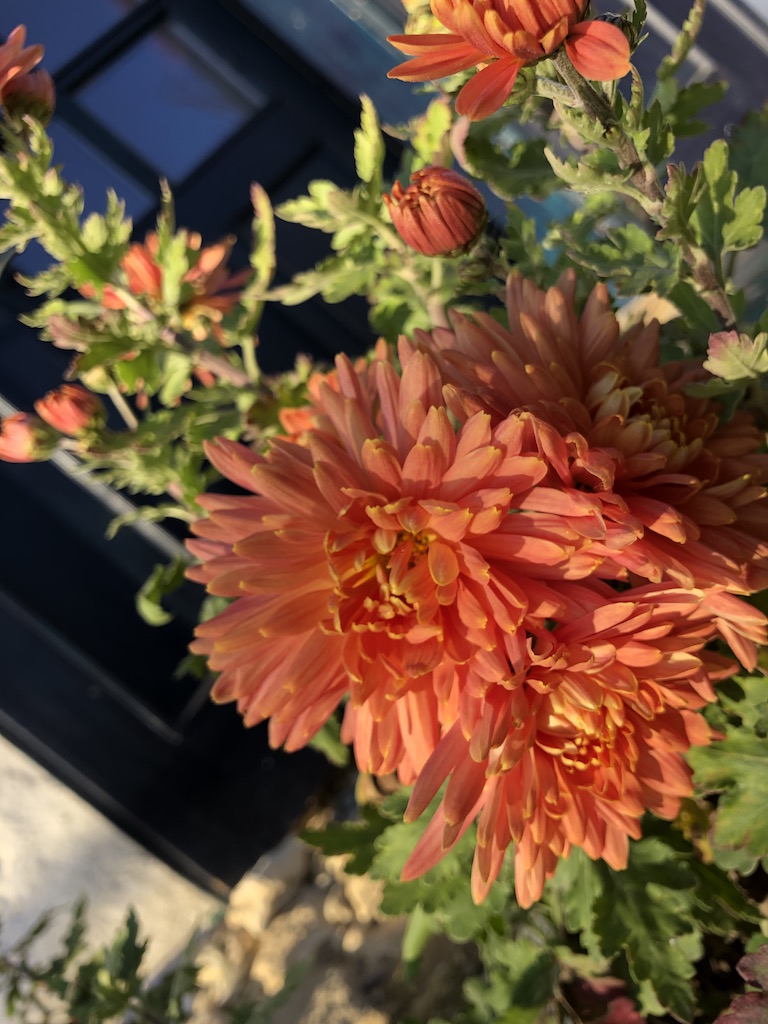
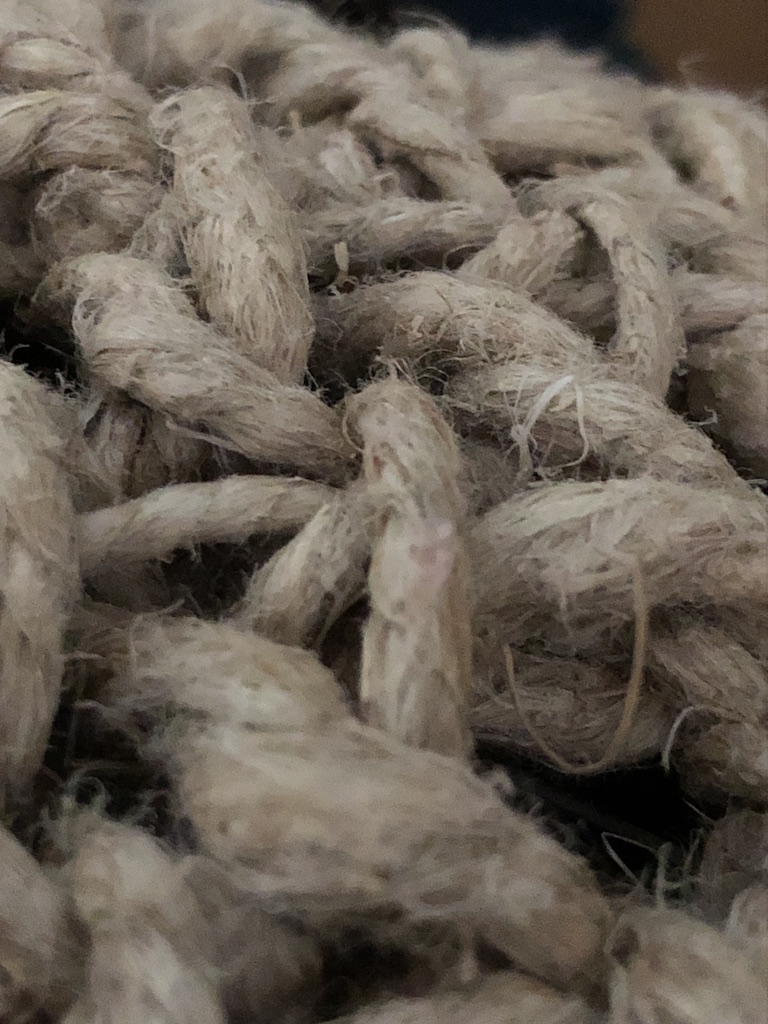 Valamelyik kenderhorgolásom szálszövedéke....
Valamelyik kenderhorgolásom szálszövedéke....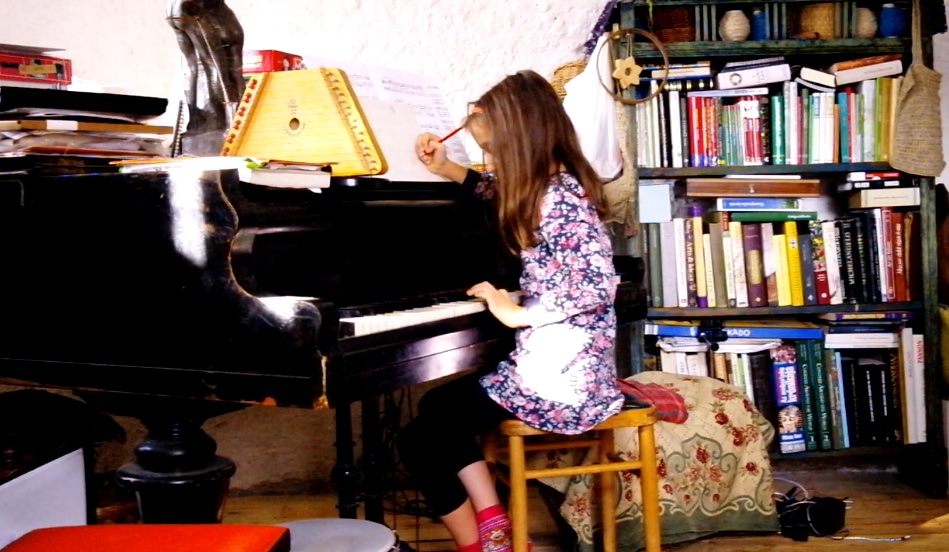


 Me trimming pomegranate shrubs nearby Máriagyűd, Hungary.
Me trimming pomegranate shrubs nearby Máriagyűd, Hungary.